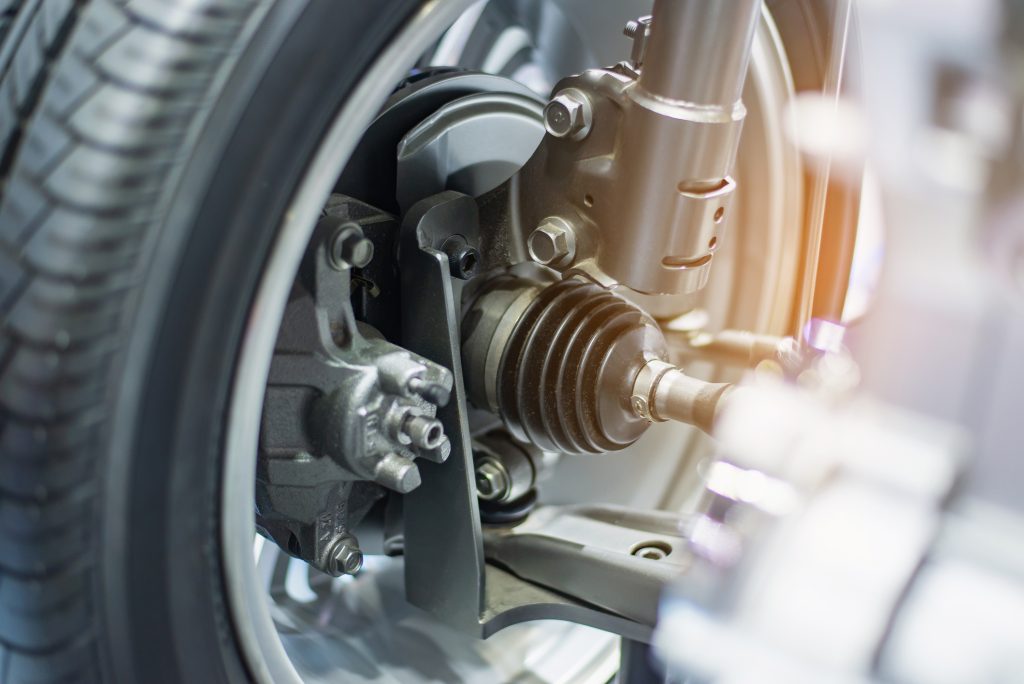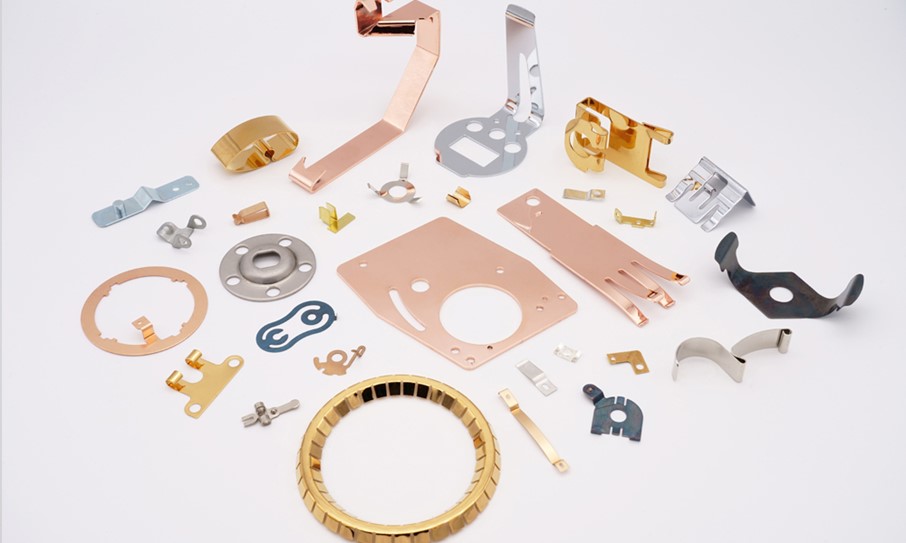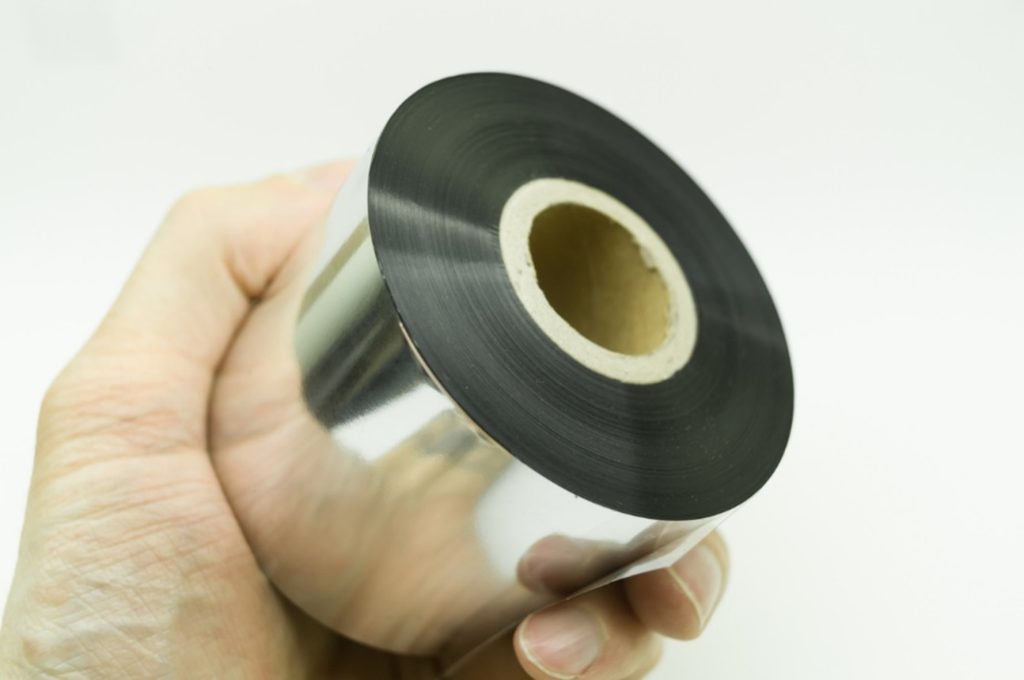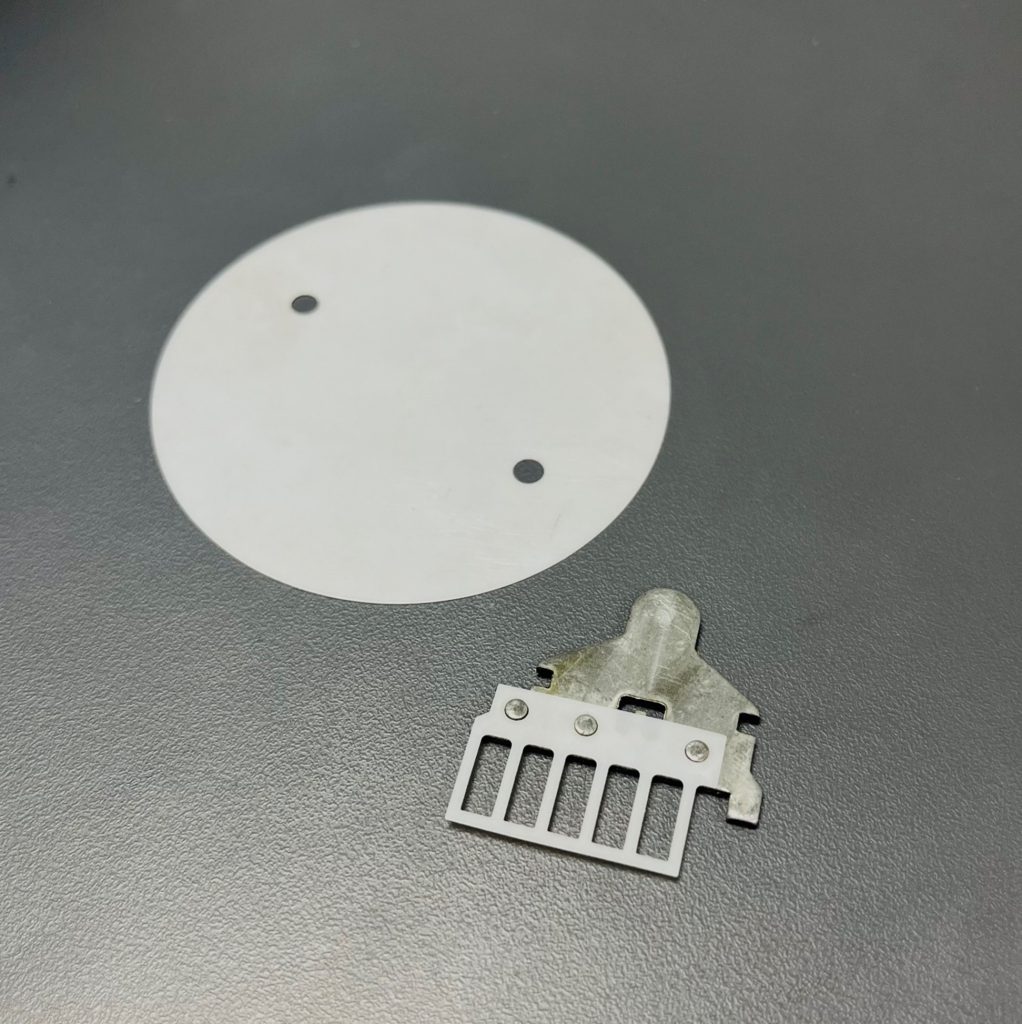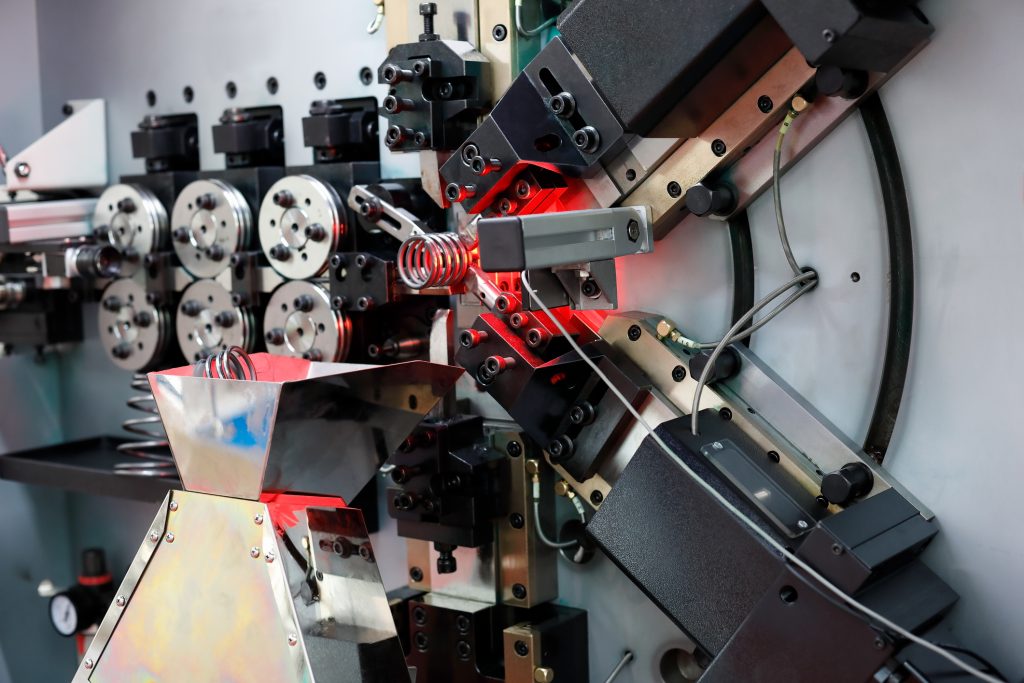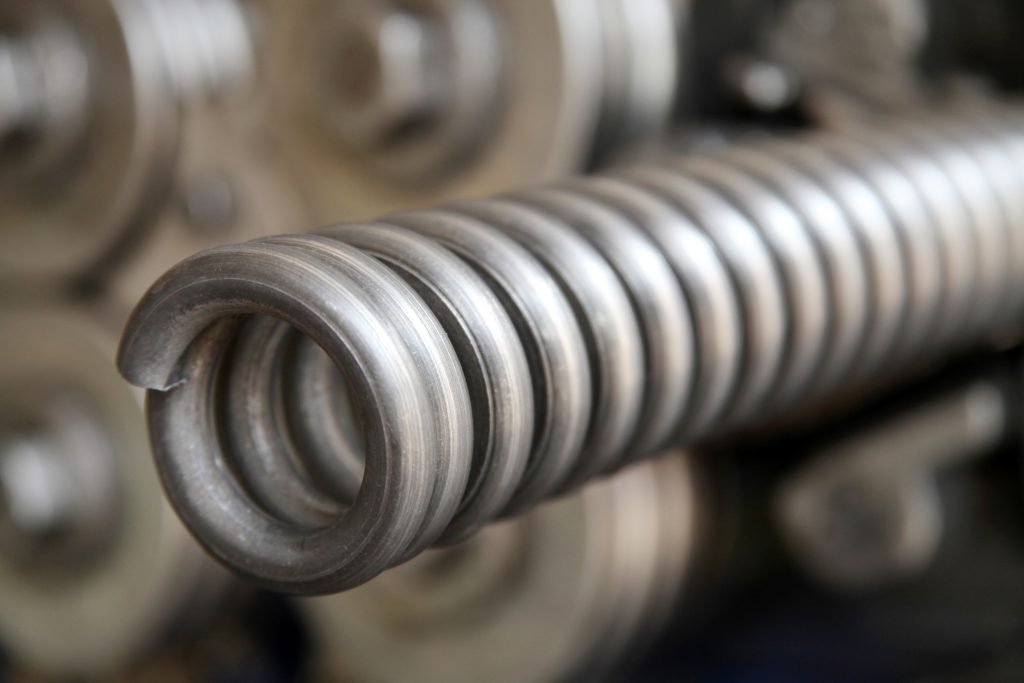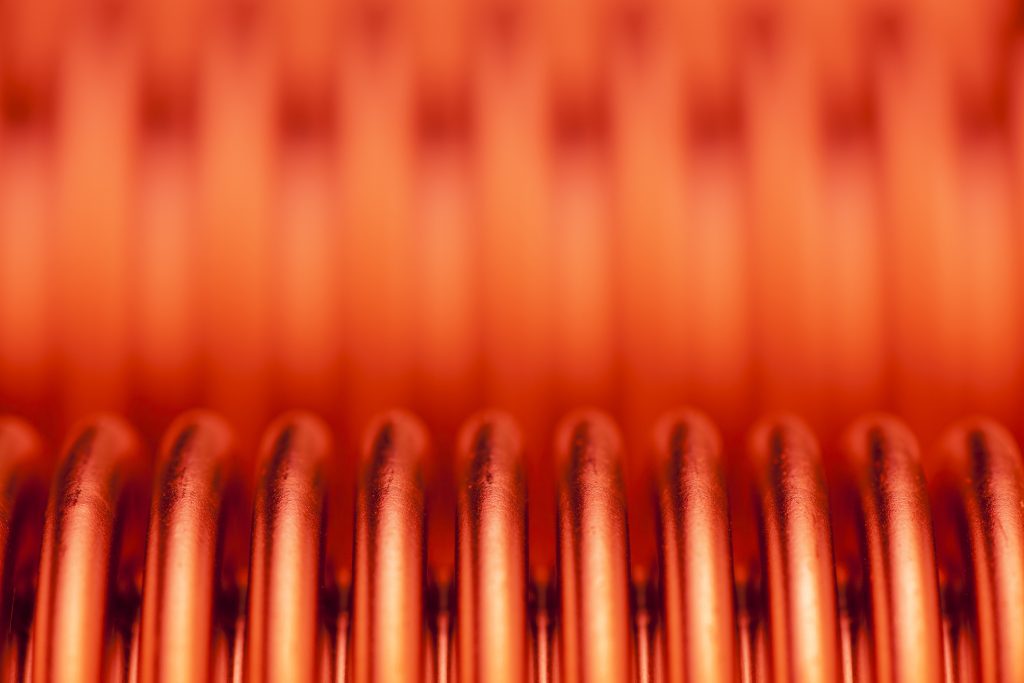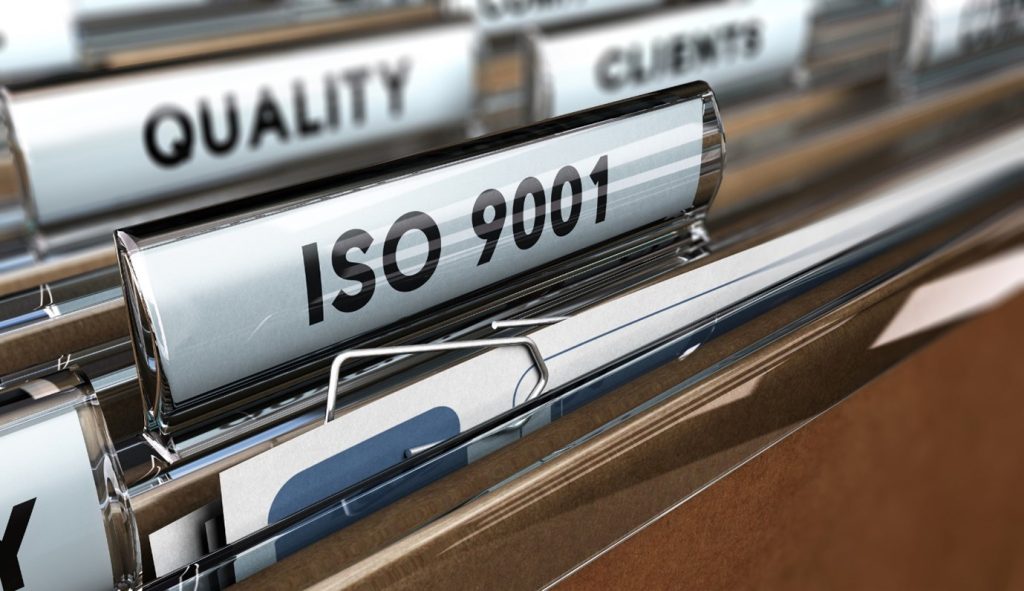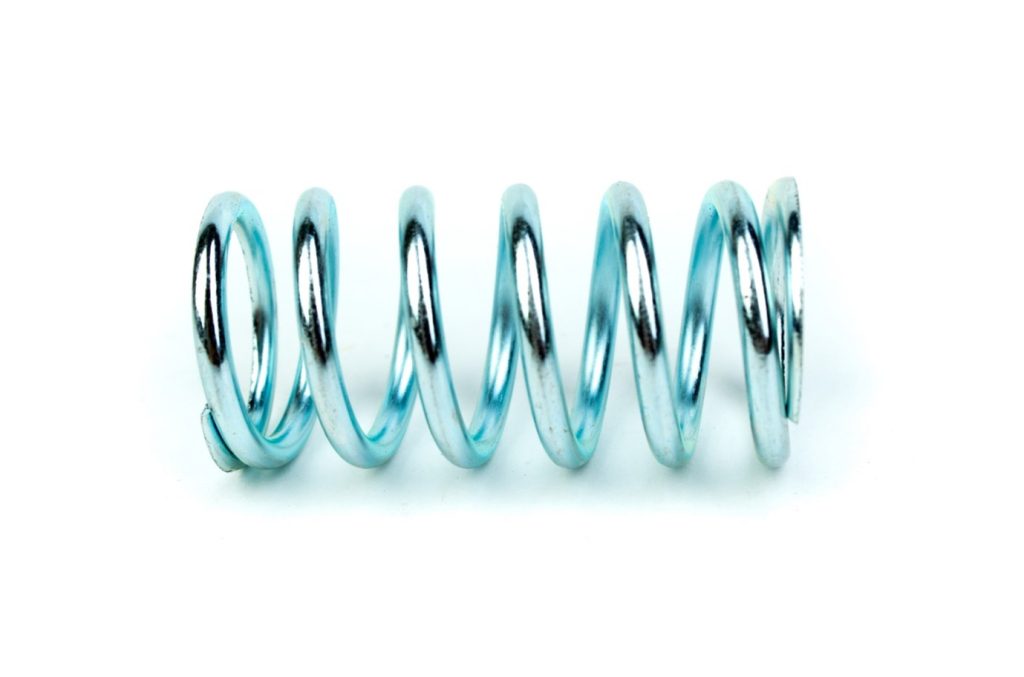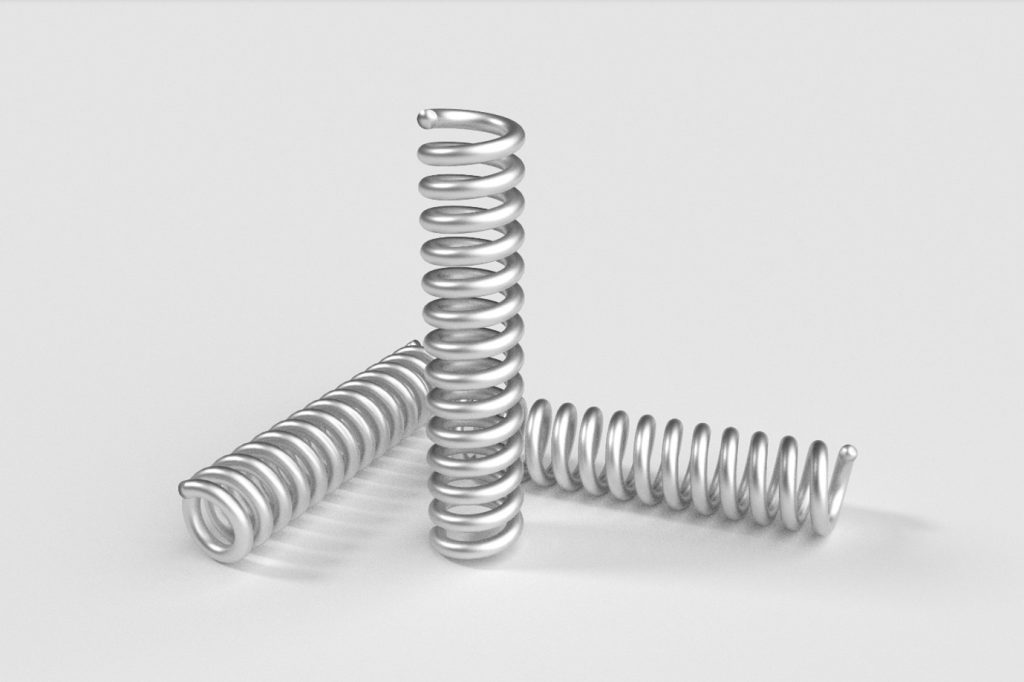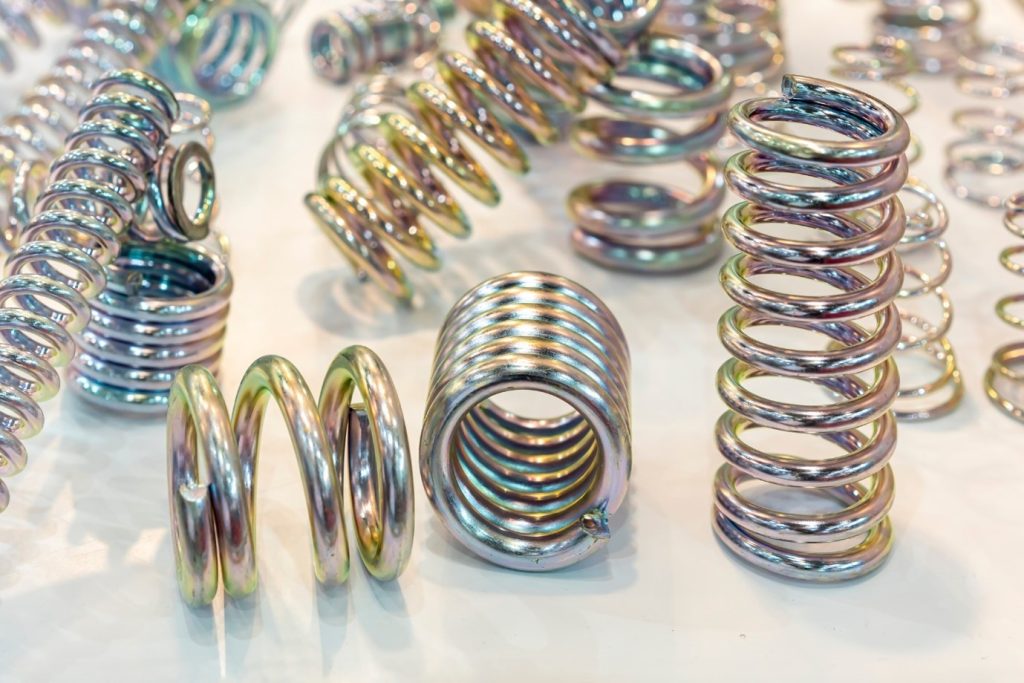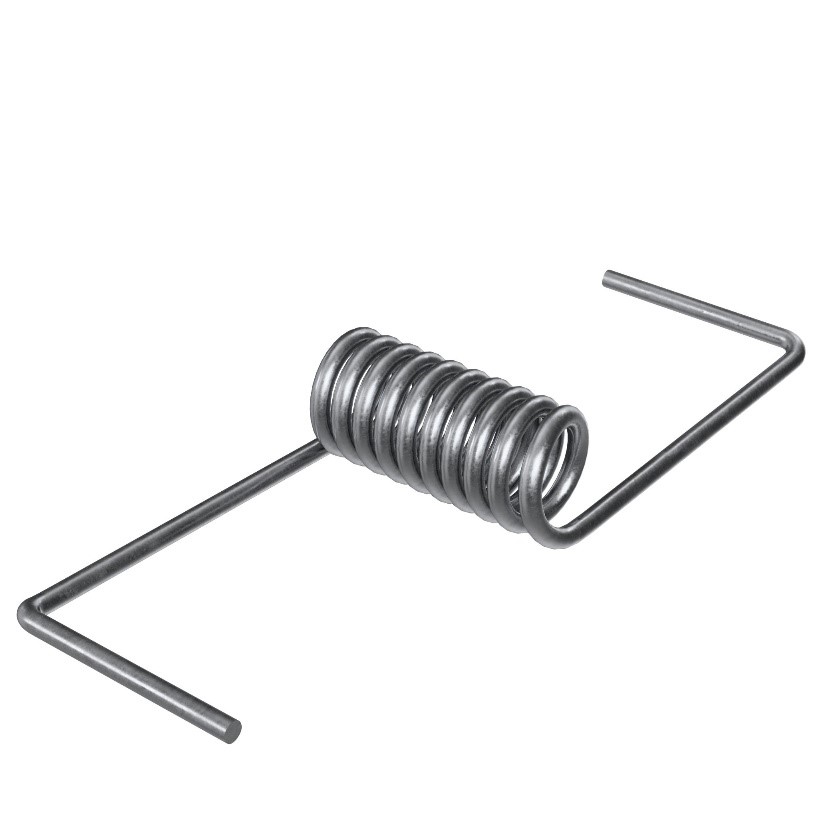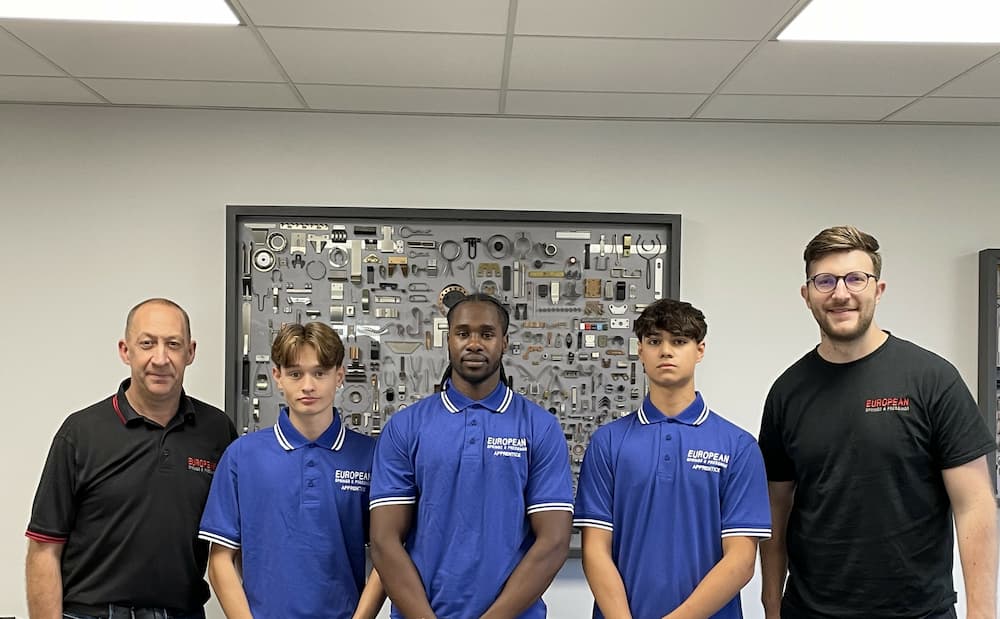Springs play a crucial role across a wide range of industries, from supporting intricate mechanisms to powering heavy machinery. Perhaps one of their most critical uses is within safety-sensitive applications, where their performance directly impacts security and reliability. Industries such as aerospace, automotive, and healthcare depend heavily on springs to ensure the safety and functionality of their systems, making these components indispensable.
In this blog, we’ll explore the vital role springs play in safety-critical applications across various sectors. In these applications, the failure of a spring can lead to disastrous consequences, so it’s crucial that these springs are made with precision and durability. As specialists in manufacturing high-quality, dependable springs, we have extensive experience collaborating with industries like those mentioned in this blog to deliver outstanding results tailored to their needs.
What are Safety-Critical Applications?
Before we explore the details of how springs contribute to safety-critical applications, we first need to understand what qualifies as a safety-critical application. These applications are systems or devices where, if they were to fail, significant harm or damage could occur. This includes industries where human safety is at risk, where equipment failure could harm the environment, or other instances including loss of life.
In these settings, every component must perform consistently under demanding conditions, including springs. This makes the design and construction of the spring evermore important due to the drastic potential consequences if failure were to occur.
Aerospace
In the aerospace sector, springs play a crucial role in ensuring the safety and functionality of an aircraft. When operating machinery thousands of feet in the air, there are a number of safety-critical applications in which springs are utilised. For example, aircraft landing gear uses suspension springs to absorb and distribute any impact force as the plane lands, giving the aircraft a smooth landing process.
In addition to their presence in areas like seatbacks and onboard ovens, springs can be found in the overhead lockers and aircraft doors. Without springs, these aspects of an aircraft could be incredibly dangerous. Locker doors need to be secure and equipped with soft-opening capabilities in order to keep any heavy luggage confined to avoid falling on passengers. Similarly, aircraft doors are a crucial safety feature on any plane, as they not only need to be securely fastened during every flight, but they must also be capable of opening in an emergency. Aerospace components are exposed to extreme temperatures, pressures, and vibrations, so springs in these applications need to be able to withstand these conditions.
Healthcare
In the world of health and medicine, springs are used in a variety of ways, including in medical devices. The reliability of these devices can mean the difference between life and death, and therefore these springs need to be created using the highest standards of precision and durability.
A key example of a medical device reliant on springs is the ventilator. These devices are found in hospitals everywhere, and they use a number of different springs to operate safely. For instance, tension springs are utilised in valve mechanisms, creating tension that regulates the opening and closing of valves, which ultimately controls the flow of air to and from the patient. Equally, compression springs are used to control the pressure of delivered air, which is a crucial feature in addressing a patient’s respiratory needs.
Additionally, springs can be found in pacemakers, where they’re used to secure the miniature electric leads in place, which send charges to the heart. Our expertise in designing and manufacturing springs for medical devices ensures that every product meets regulatory requirements and supports the well-being of patients worldwide.
Automotive
Springs in the automotive industry serve a range of safety functions that help to protect passengers during a collision or prevent loss of control whilst on the road. The most common form of spring in the automotive sector is suspension springs which form an integral part of the car’s suspension system, helping to dissipate vibration and absorb bumps whilst on the road. These springs help to vertically support a vehicle’s weight for even distribution, which is essential for allowing the car to turn corners without excessive body roll.
Similarly, leaf springs have been used for decades in the manufacture of vehicles, particularly within those designed to carry heavy cargo like lorries or vans. They are used in the rear suspension system, and help to maintain stability on uneven road surfaces. From design support to rigorous testing, we ensure that our springs contribute to the reliability and durability of automotive systems.
In industries where safety is a priority, the role of springs cannot be overemphasised. From aerospace to medicine, springs are essential to the processes of countless safety-critical applications. Here at European Springs and Pressings, we have extensive experience in designing and manufacturing springs that meet the highest safety and durability standards. If you’re looking to develop a spring solution for a safety-critical application, please contact us today to learn how we can help with your project.



